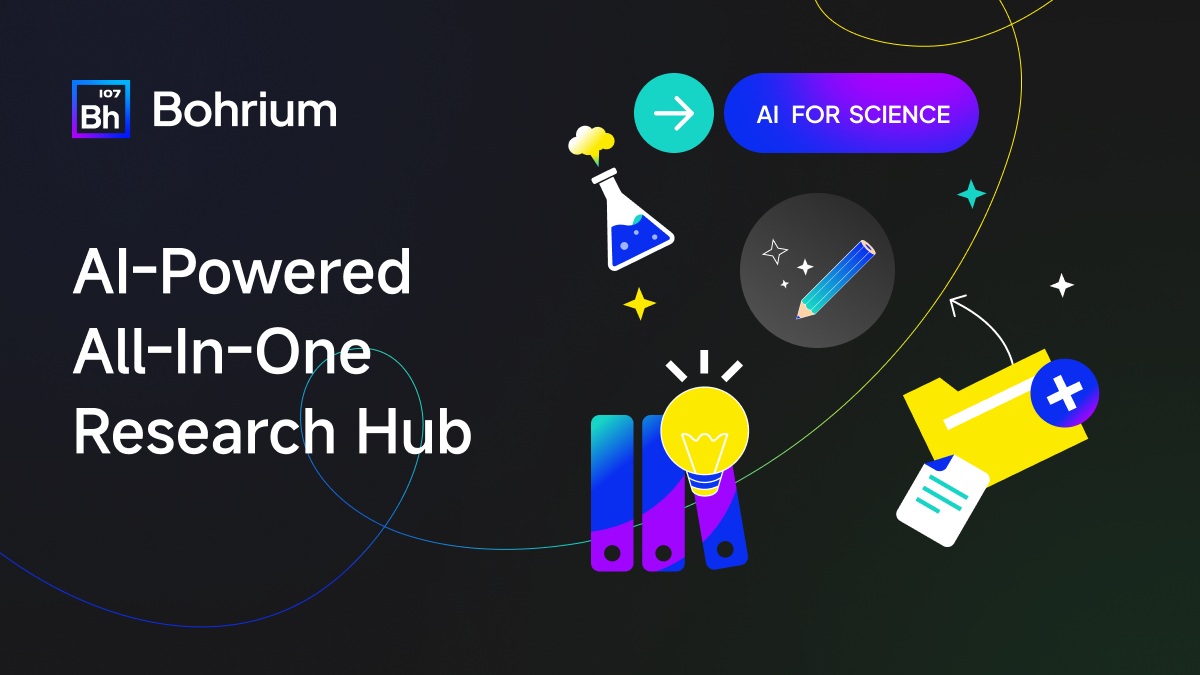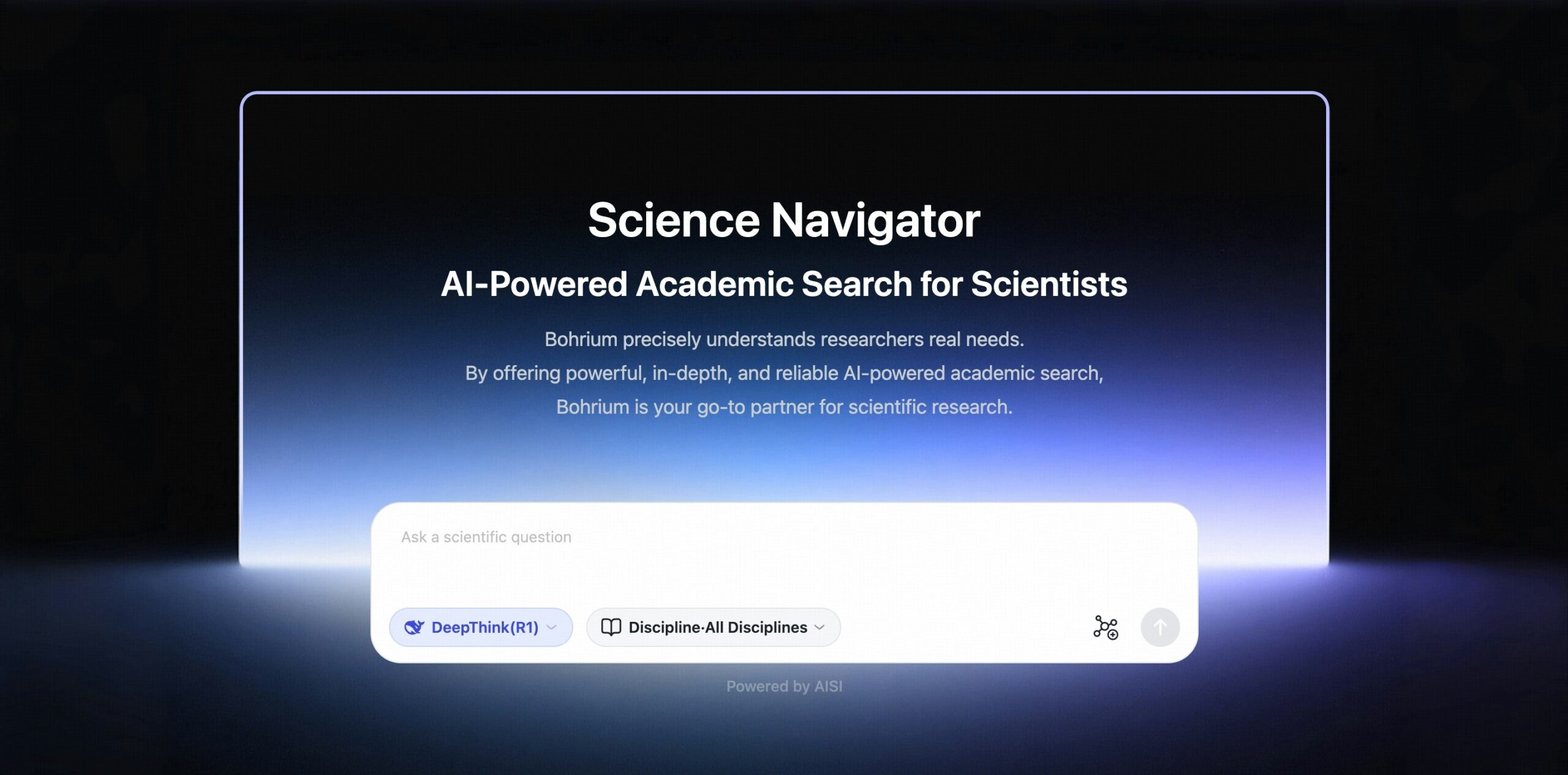
Table of Contents
Overview
In the crowded landscape of academic search tools, Bohrium positions itself as an AI-driven platform tailored for scientific discovery. The service integrates a vast corpus—over 160 million research papers, 140 000 journals, 160 million patents, and more than 20 million active scholar profiles—into a unified search environment designed to deliver precise results and deep analytical insights. Bohrium employs advanced large language models to interpret user queries in natural language and furnish context-aware results, helping researchers swiftly locate and synthesize relevant literature across disciplines.
Key Features
- AI-powered scientific search: Offers semantic understanding of queries to produce accurate, contextually relevant results from its extensive database.
- Cross-domain literature integration: Merges content spanning multiple scientific fields to reveal connections that traditional siloed databases often miss.
- Deep semantic analysis: Leverages knowledge graphs and embedding techniques to surface relationships between concepts, methodologies, and findings beyond mere keyword matching.
- Patent database mining: Provides tools for searching, filtering, and analyzing patent records within the 160 million-strong collection, enabling competitive IP intelligence.
- Researcher profile insights: Supplies curated author profiles with publication histories and collaboration networks drawn from over 20 million active profiles.
- Advanced citation mapping: Visualizes citation networks to highlight influential works, track emerging trends, and map research trajectories.
- Discovery acceleration tools: Includes features like automated literature reviews, trend detection dashboards, and query recommendation to streamline each stage of research.
How It Works
Bohrium’s backend runs on scalable AI models that continuously ingest and index new academic content and patents. Natural language processing pipelines parse queries to discern intent, while retrieval-augmented generation techniques fetch and summarize relevant documents. The platform then enriches raw results with semantic annotations and citation graphs, presenting users with an interactive, holistic overview of the scholarly landscape surrounding their topic of interest.
Use Cases
- Literature reviews: Automates the gathering and synthesis of comprehensive, up-to-date research overviews for papers, grant proposals, or theses.
- R\&D discovery acceleration: Identifies novel research avenues and high-impact breakthroughs to inform experimental planning and strategic R\&D initiatives.
- Patent landscape analysis: Maps patent filings to reveal white spaces and inform intellectual property strategies.
- Cross-disciplinary research exploration: Uncovers interdisciplinary connections that foster innovation at the intersection of distinct fields.
- Competitor intelligence: Tracks rivals’ publications and patent activity to guide competitive positioning.
- Funding and collaboration targeting: Surfaces potential funders and collaborators based on aligned research interests and publication records.
Pros \& Cons
| Advantages | Disadvantages |
|---|---|
| Extremely broad data coverage | Full-feature access requires a paid subscription |
| High precision through AI-driven semantic search | Performance depends on continuous data ingestion |
| Accelerates discovery via automation and insights | Advanced query features entail a learning curve |
How Does It Compare?
Compared with other platforms, Bohrium’s depth and breadth of content and semantic capabilities stand out:
- Dimensions AI excels in analytics dashboards but offers more limited concept extraction than Bohrium.
- Semantic Scholar is freely accessible but covers fewer journals and patents, constraining its comprehensiveness.
- Lens.org provides robust patent search but lacks integrated cross-domain literature analytics, making Bohrium a more unified solution for combined journal and patent research.
Final Thoughts
Bohrium elevates scientific search by harnessing state-of-the-art AI to navigate an unprecedented volume of scholarly and patent records. Its fusion of semantic analysis, citation mapping, and researcher profiling offers a cohesive environment for accelerating discovery, informing strategy, and fostering collaboration. For researchers seeking a comprehensive, intelligent research assistant, Bohrium represents a significant advancement in the pace and precision of scholarly inquiry.

